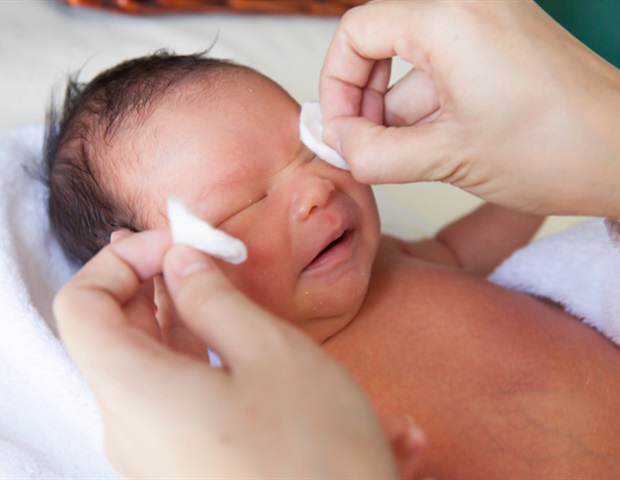Swedish Study Reveals Vulnerable Period for Maternal Mental Health After Birth

Women face significantly higher risks of depression and psychosis in the weeks following childbirth, according to a major new analysis published in the journal Molecular Psychiatry. The study, which examined data from nearly 1.8 million births in Sweden between 2003 and 2019, reveals that while mental health diagnoses tend to decrease during pregnancy, they rise sharply after delivery. Researchers from Karolinska Institutet found this pattern particularly pronounced for depression and psychosis, highlighting a critical period of vulnerability for new mothers.
The analysis shows that the risk of depression is approximately 20 percent higher during weeks five to 15 postpartum compared to the year before pregnancy. For psychosis, the risk is even more dramatic—six to seven times higher in the first five weeks after childbirth and twice as high through week 20. Unlike temporary "baby blues," postpartum psychosis is a serious condition characterized by delusions, hallucinations, mania, low mood, and confusion, though women can achieve full recovery with proper treatment.
Notably, the study also found that the risk of suicide attempts decreases after childbirth, suggesting a complex interplay of factors affecting maternal mental health. Women were less likely to be diagnosed with anxiety, stress, or substance abuse during or after pregnancy than beforehand, which researchers attribute to a combination of biological and lifestyle changes. Increased medical visits during pregnancy may also lead to earlier identification of mental health issues before they escalate.
The introduction of national guidelines for screening pregnant women for depression in Sweden in 2020 has provided opportunities for earlier detection and intervention. By comparing women who gave birth before and after the guidelines were implemented, researchers observed potential benefits of systematic screening. The findings underscore the importance of targeted mental health support during the postpartum period to address the heightened risks identified in the study.




